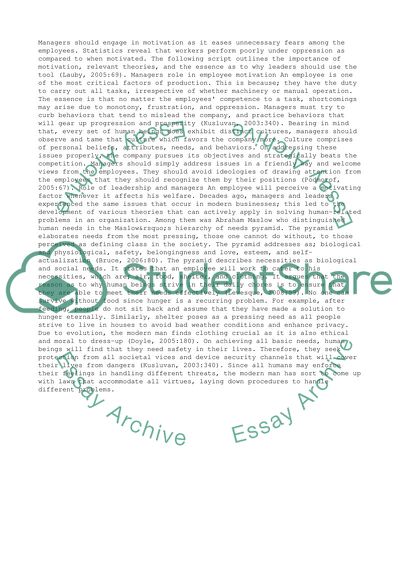Cite this document
(Employee Motivation and Engagement within an Organization Research Paper, n.d.)
Employee Motivation and Engagement within an Organization Research Paper. Retrieved from https://studentshare.org/management/1458630-critically-evaluate-the-extent-to-which-the-role
Employee Motivation and Engagement within an Organization Research Paper. Retrieved from https://studentshare.org/management/1458630-critically-evaluate-the-extent-to-which-the-role
(Employee Motivation and Engagement Within an Organization Research Paper)
Employee Motivation and Engagement Within an Organization Research Paper. https://studentshare.org/management/1458630-critically-evaluate-the-extent-to-which-the-role.
Employee Motivation and Engagement Within an Organization Research Paper. https://studentshare.org/management/1458630-critically-evaluate-the-extent-to-which-the-role.
“Employee Motivation and Engagement Within an Organization Research Paper”, n.d. https://studentshare.org/management/1458630-critically-evaluate-the-extent-to-which-the-role.


